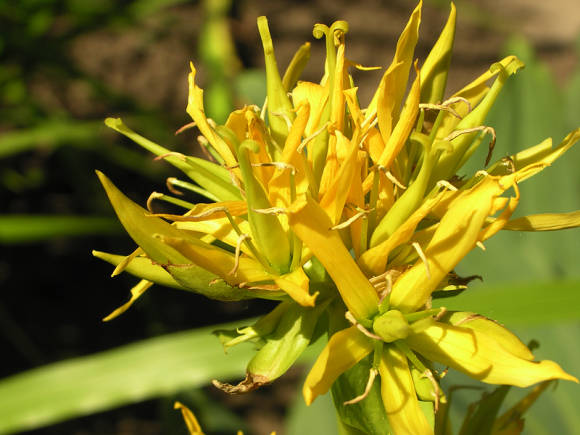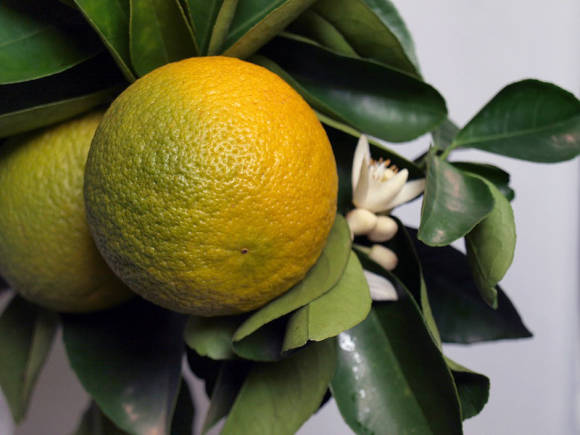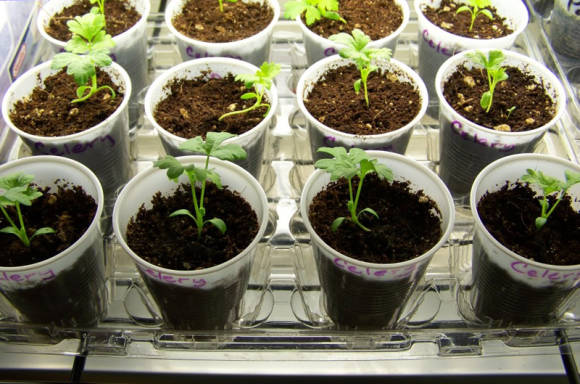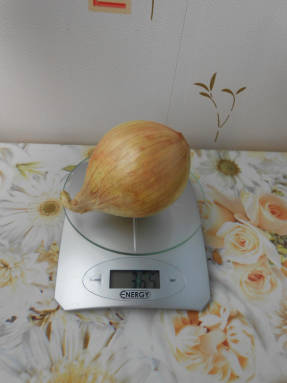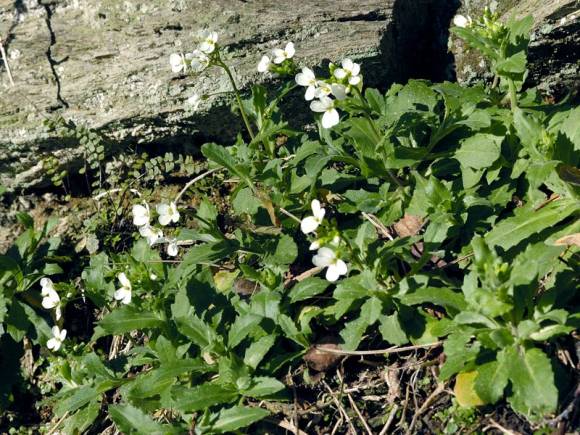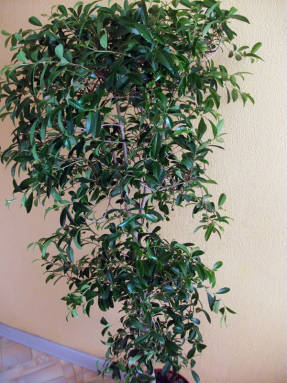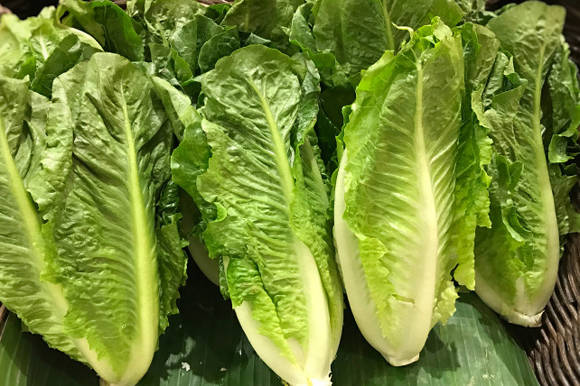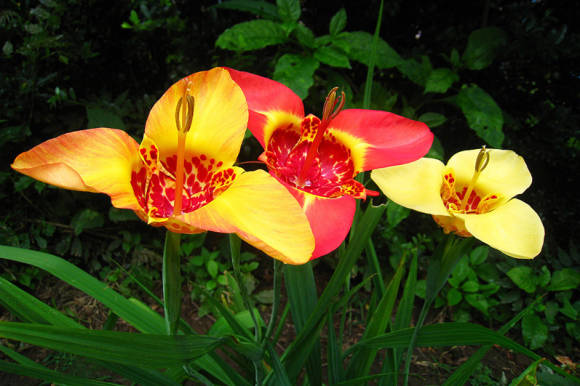
Knifofia, kniphofia, or tritoma (Kniphofia) belongs to the Xanthorrhea family, which is very rare for us. Homeland - the southern and eastern regions of Africa and the island of Madagascar. Loves wet places, forms large thickets along the banks of rivers and reservoirs. There are 73 species in the genus, but not all of them are decorative. And some just look exotic!
The name of the plant was given in honor of the German doctor and botanist I.I. Kniphof (1704-1763), who first described it.
The plant is perennial, herbaceous, with a thick short rhizome. Leaves are dense, leathery, gray-green, xiphoid, up to 90 cm long, collected in a dense basal rosette. The peduncle stem is 1–1.5 m high, but can reach 3 m, depending on the species, without leaves, round, thick, appears from the middle of the rosette in July – September. At the top of the stem, the flowers are collected in a spike-shaped or sultan-shaped inflorescence 25–30 cm long. The flowers bloom in them gradually, from bottom to top or from top to bottom, depending on the species. Each flower of the cniphophia looks like a small drooping bell with a corolla-shaped perianth, while the color of the bud is red, then, as it blooms, it smoothly changes to orange, yellow and yellow-green. This feature gives the inflorescence the appearance of a bright multi-colored cone. The plant looks very impressive. Flowering lasts 1.5–2 months.
In the culture of knifofia since 1707, two species are found in gardens.
Berry knifofia(Kniphofia uvaria) - the plant is tall, the peduncles reach a height of 2 m, and the spike-shaped inflorescence is 30 cm. The buds are coral in color, as the flower blooms, it turns yellow-orange.
Numerous hybrid varieties were obtained from berry knifofia, combined under the name hybrid knifofia (Kniphofia x hybrida)... Hybrids have a wide palette of colors - creamy white, yellow, green, orange, coral, red and brownish.
Knifofia Tuka(Kniphofia tuckii), currently classifiedKniphofia ensifolia - the most cold-resistant and resistant type. The peduncle grows up to 80 cm, the inflorescence is up to 15 cm long. The buds are light red, as they bloom, the flowers turn greenish-white. With careful cover, it can hibernate in temperate climates.
Cultivation of knifophy
Knifofia is a very thermophilic plant, so you need to choose sunny, wind-protected areas for it.
 |  |
The soil should be loose, moisture-absorbing, water-permeable, well fertilized.
Growing conditions... It is best to place the plant on a well-heated hill. In our conditions (the Urals) it freezes in winter, so in the fall you can dig it out, put it in a container and put it in the basement at a temperature of + 8 ° C, the roots should be slightly damp during the winter. Plants are planted in open ground after spring frosts. Leaves do not need to be cut for the winter, because knifofia is an evergreen plant and therefore will increase its green mass in spring to the detriment of flowering. In the spring, you just need to remove the dried leaves and slightly shorten the remaining ones.
Top dressing... When young leaves appear, the plant is fed with mineral fertilizers with a high nitrogen content or organic fertilizers, after flowering - with ash or potash fertilizers.
Watering... For knifofia, regular abundant watering is necessary, but without stagnant water, preferably in the morning, loosening and mulching are also necessary.
Reproduction
Knifofia propagates by seeds and dividing the bush, hybrids - only vegetatively.
Seeds are sown in March – April, shoots appear after 20 days, dive when three true leaves appear, and are planted in a permanent place in July. Plants bloom in the 2-3rd year.
During vegetative propagation, the bush is dug out in late April – early May and the daughter rosettes, which are formed in the axils of the lower leaves, are carefully separated. Delenki are planted in planting pits filled with nutritious soil, watered well and shaded for the first time. Seedlings bloom in a year.
"Ural gardener", No. 9, 2018
